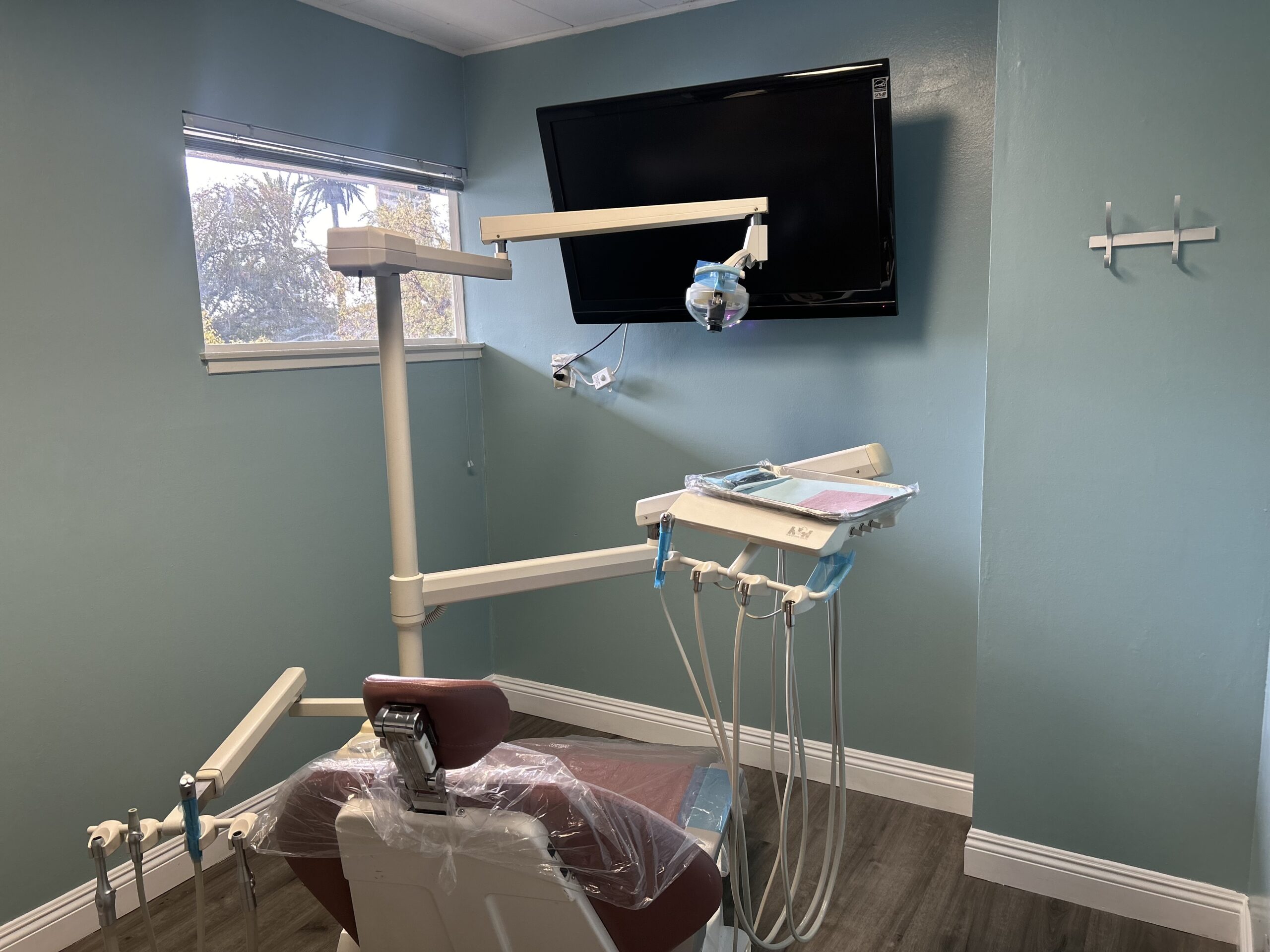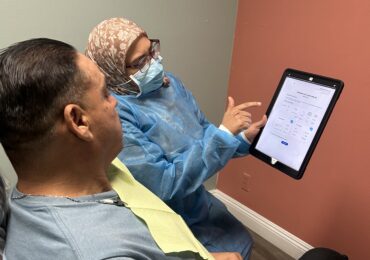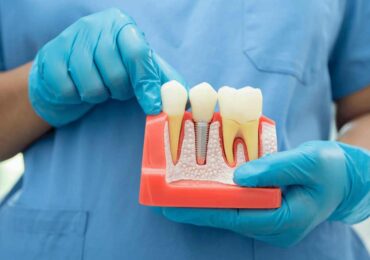Unsure about the difference between partial and full crowns? You’re not alone! But do not worry! This article will save you from Googling. We’ll make it easy for you to understand.
When are crowns necessary?
Dental crowns or tooth caps function similarly to dental shields. Front tooth crowns, for instance, can be placed for cosmetic reasons, such as fixing a damaged or discolored tooth. Additionally, crowns can also be used to repair major decay or damage to rear teeth to restore strength and usefulness.
In cases where advanced tooth decay a standard dental filling won’t be sufficient, dental crowns might be necessary. Advanced tooth decay means that significant damage has penetrated deep into the tooth. This may lead to severe pain and weakening of your teeth. The tooth could be lost if not treated.
Crowns act as a tooth cap protecting a weak tooth from further damage. Without this protection, your tooth may feel sensitive or painful, and it can be more prone to developing further problems. This may involve considerable tooth structural loss, fractures, cracks, or severe decay.
Crowns are positioned on teeth wherever they are required to preserve dental health and function. Now, let’s talk about the difference between a full and a partial crown.
What is a full crown?
A full crown covers the entire exposed tooth above the gum line. It offers strength, durability, and protection like a complete tooth.
When a tooth has had a large filling, a fracture, a crack, or a root canal procedure has been done, the integrity of the tooth can be compromised. A visible fissure in a tooth raises the risk of a fracture and a broken tooth. To protect it from breaking apart, dental crowns are placed.
To better understand how a full crown works, picture this!
You’re at the dentist in Upland California because of a toothache. The decay has gotten so bad that the dentist performed a root canal. The dentist will clean out all the bad stuff inside your tooth during the procedure. Afterward, your tooth will be hollow on the inside, like an empty tree trunk.
Since your teeth are weakened after the root canal procedure, the dentist suggests putting a crown. Your dentist is afraid you might break it without crowns since your tooth is now empty on the inside. As a general rule, if the tooth structure has been damaged due to a cavity or a fracture of more than half the width of the tooth, a crown is necessary to restore it.
After installing dental caps, your tooth will regain its strength and resistance to breaking when you chew thanks to the crown. Thus, receiving a crown is crucial for maintaining the health of your tooth.

What is a partial crown?
Thankfully, dental crowns nowadays don’t necessarily need to completely encase the tooth. The compromised structure of a damaged tooth can be restored with a partial crown rather than a full one without requiring major structural changes.
A partial crown merely covers a section of the surface of the tooth. It can be classified into two types, inlays and onlays.
Inlays
Inlays are inserted into a tooth’s cusps or elevated tips. They do not extend over the cusps of a tooth, instead, they cover the portion of the tooth used for chewing.
Onlays
Onlays, on the other hand, cover a tooth’s cusps and the space between them. They cover a greater area of the tooth’s surface beyond the cusps for more extensive damage.
Both inlays and onlays are made to give support and protection while retaining as much of the original tooth structure as possible.
Simply, partial crowns are frequently used when a tooth still needs fortification but the damage or decay is not severe enough to justify a full crown. They are a more conservative treatment choice than full crowns since they require less removal of healthy tooth structure. By matching the color, contour, and structure of the natural tooth, partial crowns can result in a seamless and visually beautiful restoration.
They are also made from long-lasting materials like porcelain or composite resin. Depending on the material and complexity, they may be more affordable than full crowns.
How long do partial crowns last?
While durable, lifespan depends on factors like material, location in the mouth, and bite force. Generally, they can last for 7 to 10 years with proper care.
Ideal candidates for partial crowns are those who have teeth with moderate damage or decay and those who require a conservative yet effective treatment option to restore their teeth. Furthermore, depending on the particulars and degree of tooth decay or damage, a dentist can suggest the best kind of partial crown, whether it is an onlay or an inlay.
A study shows that partial crowns may have a slightly lower success rate than full crowns, but the difference isn’t major. Here’s a breakdown:
- Durability: Partial crowns had a 69% success rate (meaning 69% lasted for the study period), while full crowns had a 91% success rate.
- Appearance: Partial crowns achieved a good aesthetic outcome in 90% of cases, while full crowns achieved it in 99% of cases.
Overall, both partial and full crowns have a high success rate, but full crowns might be slightly more durable and aesthetically pleasing in the long run.
What tooth crown should I get?
Understanding your specific needs is key when choosing between partial and full crowns, rather than simply focusing on which one is “better.” Your budget, the location of the tooth in your mouth, how damaged it is, and your desired appearance are all important considerations.
If your case requires keeping more of your original tooth with a less intrusive treatment, a partial crown might be recommended. For teeth with more severe problems, full crowns can be the best option. To choose which crown type is ideal for you, it’s critical to collaborate closely with your dentist to ensure you receive the best care for your dental concern
Consult a Dentist in Upland CA
We often hear that prevention is better than cure. This might seem obvious, but it’s worth reiterating especially if it concerns your oral health.
So, save yourself the trouble by not letting dental carries weaken your tooth. Consult your dentist right away. For dental crowns or any other tooth-related concerns, contact Upland Dental Practice. Our commitment to excellence ensures a beautiful, healthy smile you’ll love to show off.
Need To Talk With a Dentist?
Recent Articles
- 1
- 2
- 3
- 4
- 5
- 6
- 7
- 8
- 9











